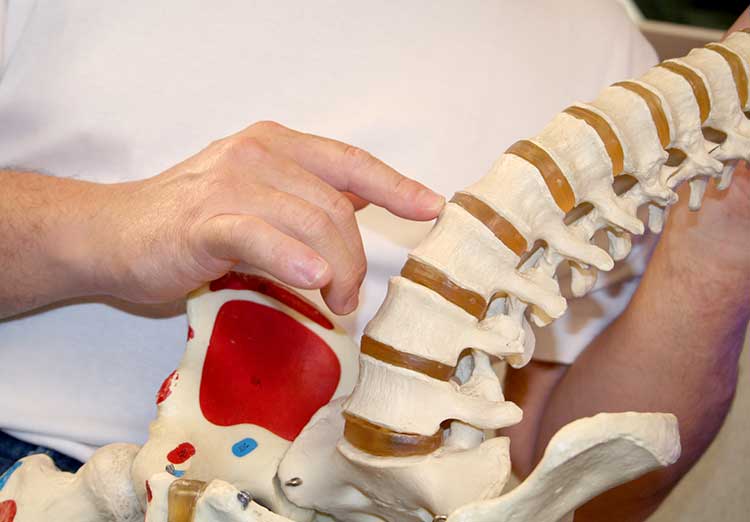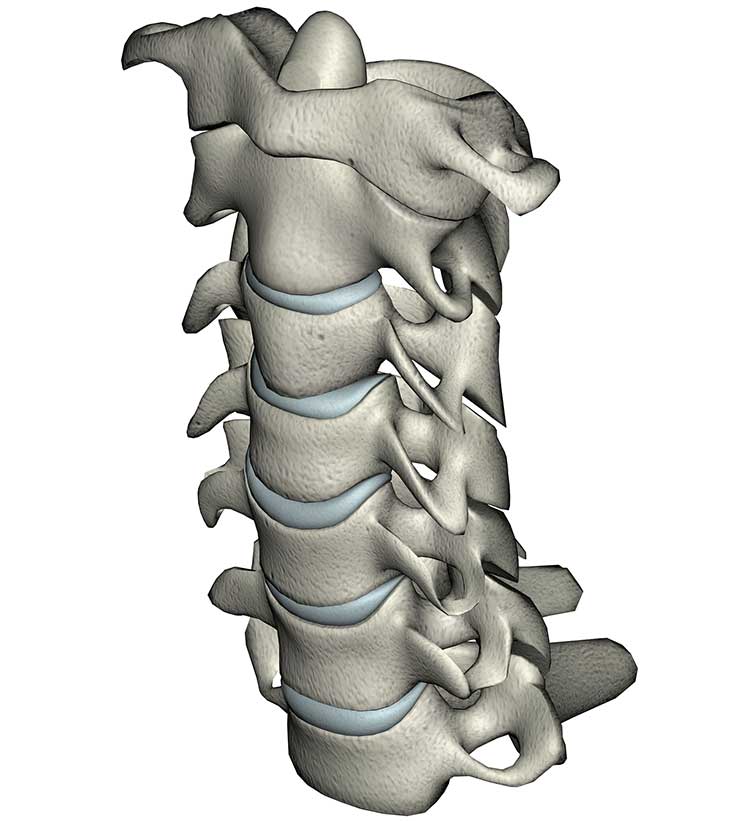
Chronic back pain that does not respond to prescription or over-the-counter medications requires more extensive medical treatment to address. Orthopedic epidural injections are designed to diagnose and remedy the severest forms of pain this part of the body.
- Orthopedic epidural injections benefit people who experience chronic and severe back pain.
- They target the nerves that cause the pain and also reduce swelling while increasing mobility.
What are Orthopedic Epidural Injections?
Orthopedic epidural injections are injections that are placed directly into the spinal column. They are administered under the guidance of x-rays that ensure the proper placement of the needle.
The procedure, called a fluoroscopy, is performed under local anesthesia. Patients are not typically put to sleep before the injections are given. It can also be done at a hospital or an outpatient surgical center depending on the condition for which the patient is being treated.
Epidural injections for orthopedic purposes can be given safely to most healthy adults. People who underlying chronic illnesses like diabetes or high blood pressure or women who are pregnant or nursing may be disqualified from the procedure.


Uses for Orthopedic Epidural Injections
Orthopedic epidural injections are used for two primary purposes: diagnosis and pain relief. When used for diagnosis purposes, the procedure involves the injection of either a surgical dye or a mild anesthetic into a targeted nerve in the spinal column. The diagnosis of the patient is then based on the reaction of the nerve that received the injection.
When used for pain relief, the injections typically contain a more powerful anesthetic that targets nerves in a specified area of the spinal column. They are intended to not only relieve pain but also reduce pressure and swelling and help the patient regain his or her range of mobility.
Some of the specific orthopedic conditions that are commonly addressed with epidural injections include:
- Degenerative arthritis
- Chronic leg or back pain after surgery
- Herniated or bulging discs
- Spinal stenosis
- Bone spurs
- Injuries to the vertebrae or surrounding tissue and nerves
Epidural injections will only be given after these or other qualifying conditions have been accurately diagnosed by an orthopedic specialist. Further, the pain must be extensive enough that it does not respond to over-the-counter or prescription painkillers.
Side Effects of Orthopedic Epidural Injections
As with any medical procedure, epidural injections in the spine can come with numerous side effects and risks about which patients should be aware. These complications are rare but possible, which is why patients are encouraged to be on guard for them after they undergo the procedure.
Recovery from Orthopedic Epidural Injections
The recovery period for orthopedic epidural injections is not lengthy and can span only a few days or up to a week in some instances. However, it is crucial that people follow their doctors’ orders and keep all of their post-procedural medical appointments.
Most doctors urge patients to avoid strenuous activities but to engage in light physical activities like walking. It is common for patients to experience a significant amount of pain in their backs for the first few days after their procedures. Walking and other light exercises will help reduce this pain.
With proper care and attention to one’s health after epidural injections, people may be able to resume their normal routines within one to two weeks after their procedures. Studies show that 50 percent of patients who receive this treatment experience long-lasting relief from back pain. However, these same studies show that people who continue to experience severe pain can safely undergo this procedure up to three times a year.


